Home>Home Appliances>Laundry Appliances>How To Get Mold Off Rubber In A Washing Machine
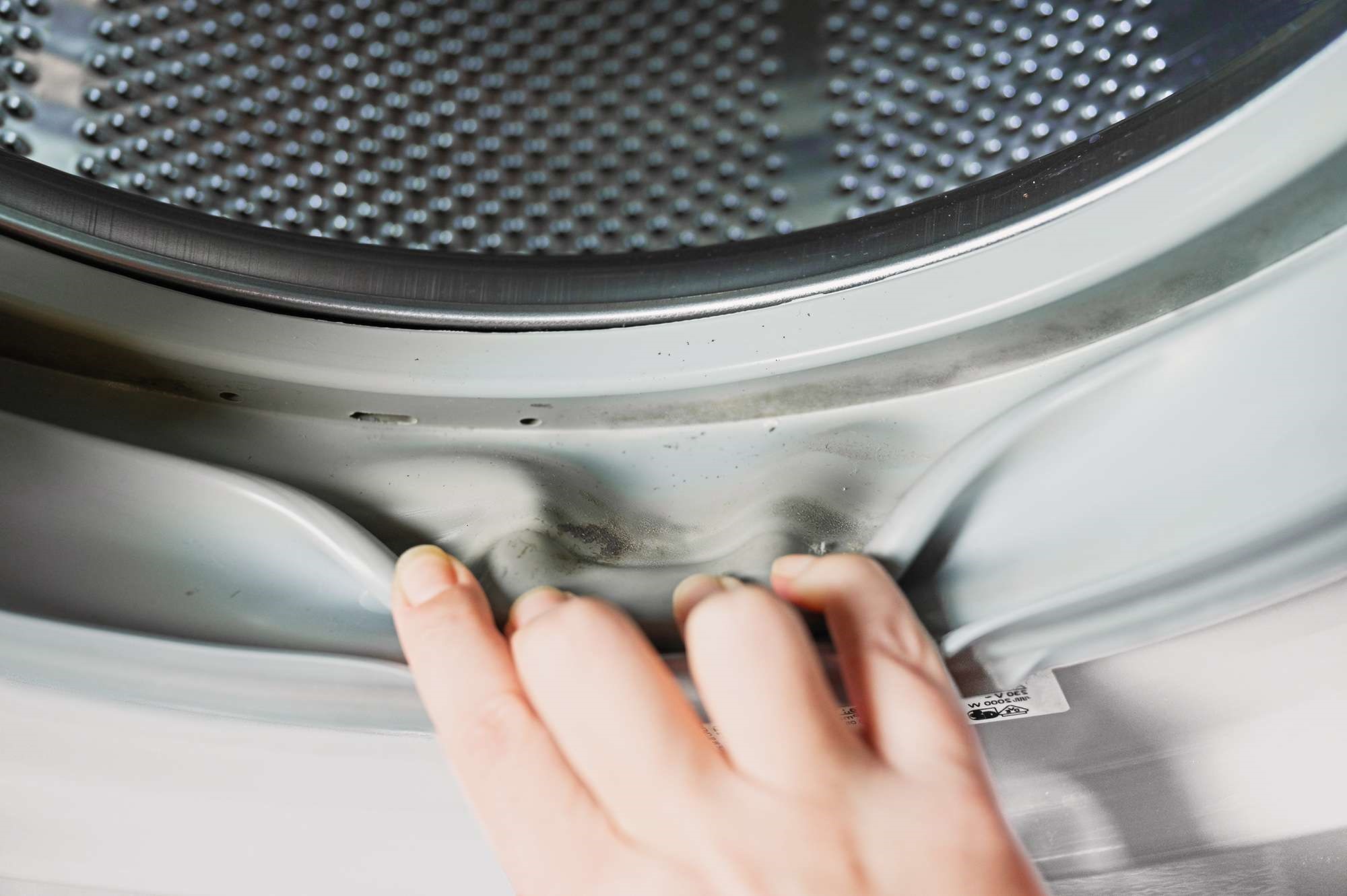

Laundry Appliances
How To Get Mold Off Rubber In A Washing Machine
Modified: March 2, 2024
Learn effective methods to remove mold from your washing machine rubber seal. Keep your laundry appliances clean and mold-free with these simple tips.
(Many of the links in this article redirect to a specific reviewed product. Your purchase of these products through affiliate links helps to generate commission for Storables.com, at no extra cost. Learn more)
Introduction
Dealing with mold in a washing machine can be a frustrating and unpleasant experience. The presence of mold not only affects the cleanliness of your laundry but also poses potential health risks. Fortunately, with the right knowledge and techniques, you can effectively remove mold from the rubber components of your washing machine and prevent its recurrence.
In this comprehensive guide, we will delve into the causes of mold growth in washing machines, explore the steps to eradicate mold from rubber seals, and discuss preventive measures to maintain a mold-free laundry appliance. Whether you're a seasoned homeowner or a first-time renter, understanding how to combat mold in your washing machine is essential for maintaining a hygienic and efficient laundry routine.
Let's embark on this journey to uncover the secrets of banishing mold from your washing machine, ensuring that your laundry remains fresh, clean, and free from the clutches of this pesky intruder.
Key Takeaways:
- Say goodbye to mold in your washing machine by using vinegar and baking soda to clean the rubber seals. Regular maintenance and ventilation are key to keeping your laundry appliance mold-free.
- Prevent mold in your washing machine by cleaning the rubber seal regularly, using high-temperature wash cycles, and minimizing detergent usage. Natural cleaning agents like vinegar and baking soda are your best friends!
Understanding the Causes of Mold in Washing Machines
Mold growth in washing machines is a common issue that can stem from various factors. Understanding the underlying causes is crucial in effectively addressing and preventing this problem. Here are the primary reasons for mold development in washing machines:
-
Moisture Accumulation: The rubber door gasket or seal in front-loading washing machines provides an ideal environment for mold to thrive. Residual moisture left after each wash, especially in the folds and crevices of the rubber seal, creates a conducive breeding ground for mold spores.
-
Inadequate Ventilation: Poor air circulation within the washing machine, particularly in front-loading models, can contribute to moisture retention. When the door is closed between wash cycles, the damp environment promotes mold growth.
-
Detergent and Fabric Softener Residue: Over time, the accumulation of detergent and fabric softener residues in the rubber seal can foster mold growth. These substances, combined with moisture, create a sticky film that attracts mold spores and facilitates their proliferation.
-
Low-Temperature Wash Cycles: Washing laundry at lower temperatures, such as 30 or 40 degrees Celsius, may not effectively eliminate mold spores. This can lead to their persistence and eventual growth within the washing machine.
-
Infrequent Cleaning: Neglecting regular cleaning and maintenance of the washing machine, including the rubber seal, allows mold to establish a foothold. Without proper cleaning, mold spores can multiply and spread, leading to visible mold growth and unpleasant odors.
By recognizing these contributing factors, you can gain insight into the conditions that enable mold to flourish in washing machines. Armed with this knowledge, you can take proactive measures to address these issues and prevent mold from taking hold in your laundry appliance.
To get mold off rubber in a washing machine, mix equal parts water and white vinegar in a spray bottle. Spray the affected areas and scrub with a brush. Wipe clean and run a hot water cycle with vinegar to prevent future mold growth.
Steps to Remove Mold from Rubber in a Washing Machine
Dealing with mold in a washing machine can be a daunting task, but with the right approach, you can effectively eliminate it from the rubber components. Here are the essential steps to remove mold from the rubber in a washing machine:
-
Preparation: Before starting the cleaning process, gather the necessary supplies, including rubber gloves, a clean microfiber cloth, white vinegar, baking soda, and a small bowl.
-
Safety Precautions: Put on rubber gloves to protect your skin from direct contact with the mold and cleaning agents.
-
Inspect and Dry: Thoroughly inspect the rubber seal for visible mold growth. If the area is damp, use a dry microfiber cloth to absorb excess moisture.
-
Vinegar Solution: In a small bowl, mix equal parts of white vinegar and water to create a natural cleaning solution. Vinegar is known for its antimicrobial properties and is effective in combating mold.
-
Application: Dip the microfiber cloth into the vinegar solution and carefully apply it to the affected areas of the rubber seal. Ensure that the solution penetrates the grooves and crevices where mold may be present.
-
Soak Time: Allow the vinegar solution to sit on the rubber seal for approximately 15-30 minutes. This dwell time enables the vinegar to break down the mold and mildew, making it easier to remove.
-
Scrubbing: After the soak period, use the microfiber cloth to gently scrub the rubber seal, focusing on areas with visible mold. The combination of vinegar and gentle scrubbing helps dislodge and lift the mold from the rubber surface.
-
Baking Soda Paste: For stubborn mold stains, create a paste by mixing baking soda with a small amount of water. Apply the paste to the affected areas and let it sit for an additional 15-30 minutes. Baking soda is an effective natural abrasive that aids in removing mold stains.
-
Rinse and Dry: Once the mold has been removed, dampen a clean microfiber cloth with water and thoroughly rinse the rubber seal to remove any residual vinegar or baking soda. After rinsing, use a dry cloth to wipe the rubber seal and ensure it is completely dry.
-
Regular Maintenance: To prevent mold recurrence, establish a routine for cleaning the rubber seal of your washing machine. Consider using a diluted vinegar solution for regular maintenance to inhibit mold growth and maintain a clean environment.
By following these steps, you can effectively remove mold from the rubber components of your washing machine, restoring cleanliness and preventing potential health hazards associated with mold exposure. Remember that regular maintenance and proactive cleaning measures are essential in preventing mold from reappearing in your washing machine.
Preventing Mold Growth in Washing Machines
Preventing mold growth in washing machines is essential for maintaining a hygienic and odor-free laundry environment. By implementing proactive measures, you can effectively inhibit the recurrence of mold and preserve the cleanliness of your washing machine. Here are the key strategies to prevent mold growth in washing machines:
-
Regular Cleaning Routine: Establish a consistent cleaning schedule for your washing machine, focusing on the rubber door gasket or seal. After each laundry cycle, use a clean microfiber cloth to wipe down the rubber seal and remove any moisture or detergent residues. This simple practice helps prevent the accumulation of moisture and organic matter that can contribute to mold growth.
-
Ventilation and Drying: After completing a laundry cycle, leave the washing machine door ajar to promote air circulation and allow the interior to dry thoroughly. Proper ventilation helps prevent moisture buildup, reducing the likelihood of mold formation. Additionally, consider using a fan or opening windows in the laundry area to facilitate air exchange and aid in drying the washing machine's interior.
-
Use of High-Temperature Wash Cycles: Incorporate regular high-temperature wash cycles, preferably above 60 degrees Celsius, to effectively eliminate mold spores and bacteria. Higher temperatures contribute to more thorough cleaning and disinfection, reducing the risk of mold proliferation within the washing machine.
-
Minimal Detergent Usage: Avoid overusing laundry detergents and fabric softeners, as excessive residues can accumulate in the rubber seal and create an environment conducive to mold growth. Follow the manufacturer's guidelines for detergent usage and consider using eco-friendly, low-residue detergents to minimize buildup in the washing machine.
-
Natural Cleaning Agents: Periodically utilize natural cleaning agents, such as white vinegar and baking soda, to maintain the cleanliness of the rubber seal. Vinegar's antimicrobial properties help inhibit mold growth, while baking soda serves as a gentle abrasive for removing residues and odors. These natural remedies are effective in preventing mold without harsh chemical exposure.
-
Inspect and Maintain Seals: Regularly inspect the rubber door gasket for signs of wear, tear, or damage. Ensure that the seal is intact and free from tears or cracks that could trap moisture and facilitate mold growth. Address any issues promptly to maintain the integrity of the rubber seal and prevent potential mold entry points.
By incorporating these preventive measures into your laundry routine, you can effectively safeguard your washing machine against mold growth, ensuring a clean and hygienic environment for your laundry. Consistent maintenance and proactive strategies are key to preserving the integrity of your washing machine and preventing the resurgence of mold-related issues.
Frequently Asked Questions about How To Get Mold Off Rubber In A Washing Machine
Was this page helpful?
At Storables.com, we guarantee accurate and reliable information. Our content, validated by Expert Board Contributors, is crafted following stringent Editorial Policies. We're committed to providing you with well-researched, expert-backed insights for all your informational needs.
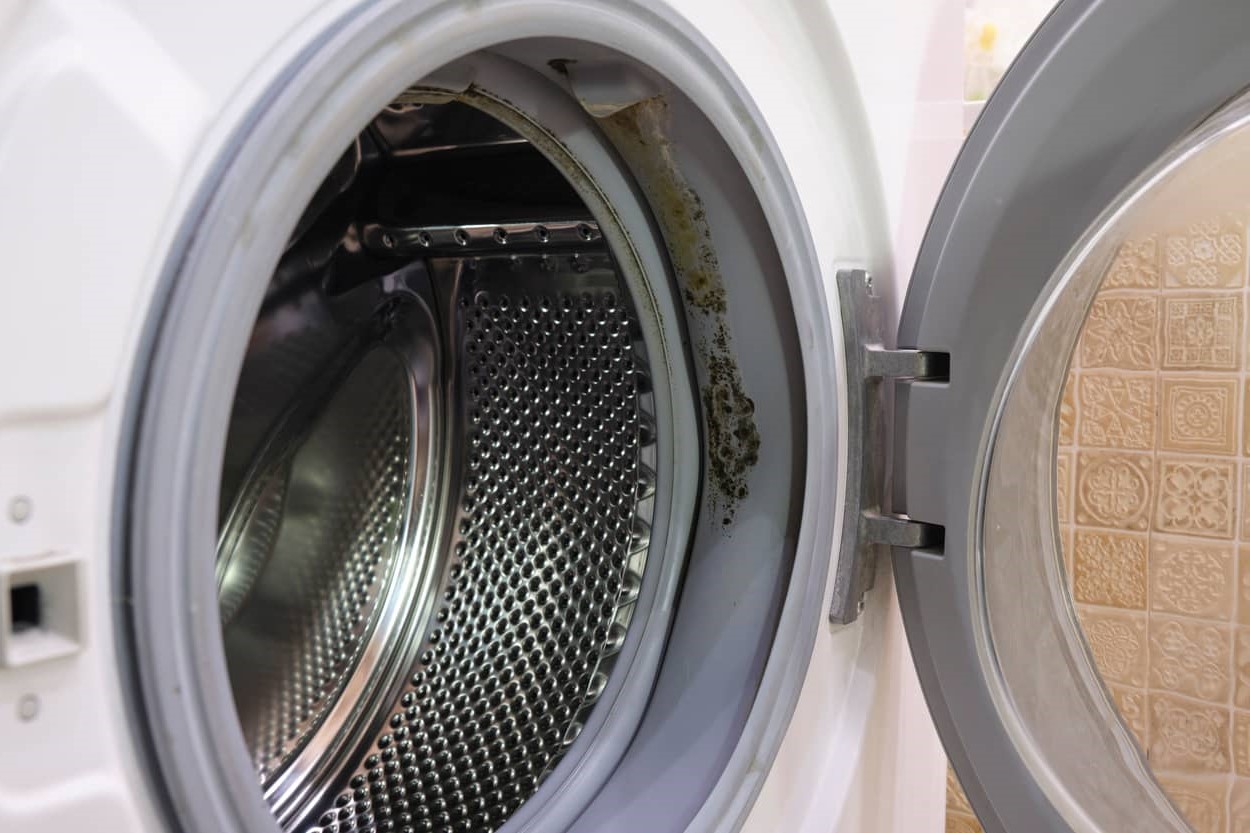
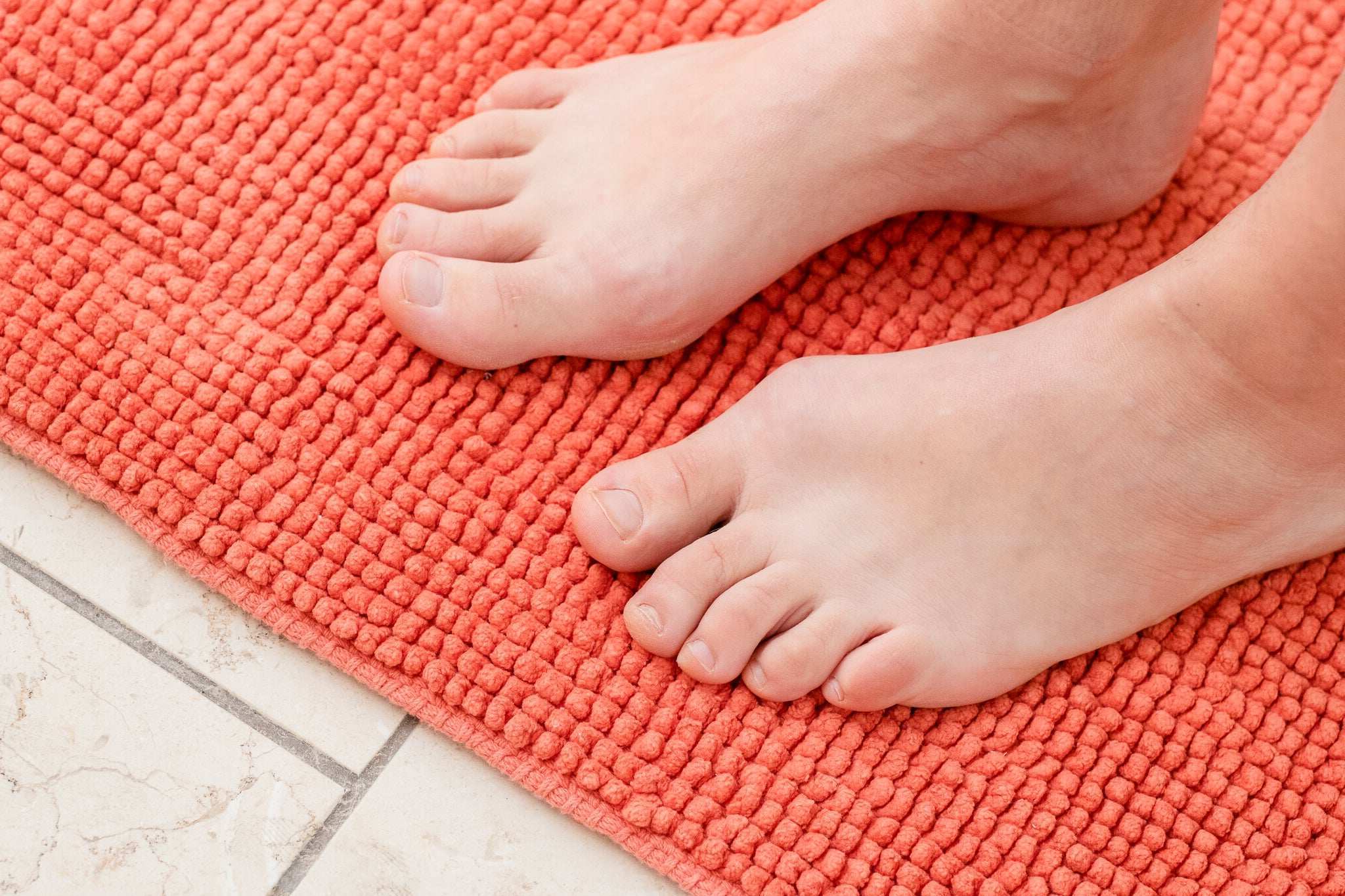
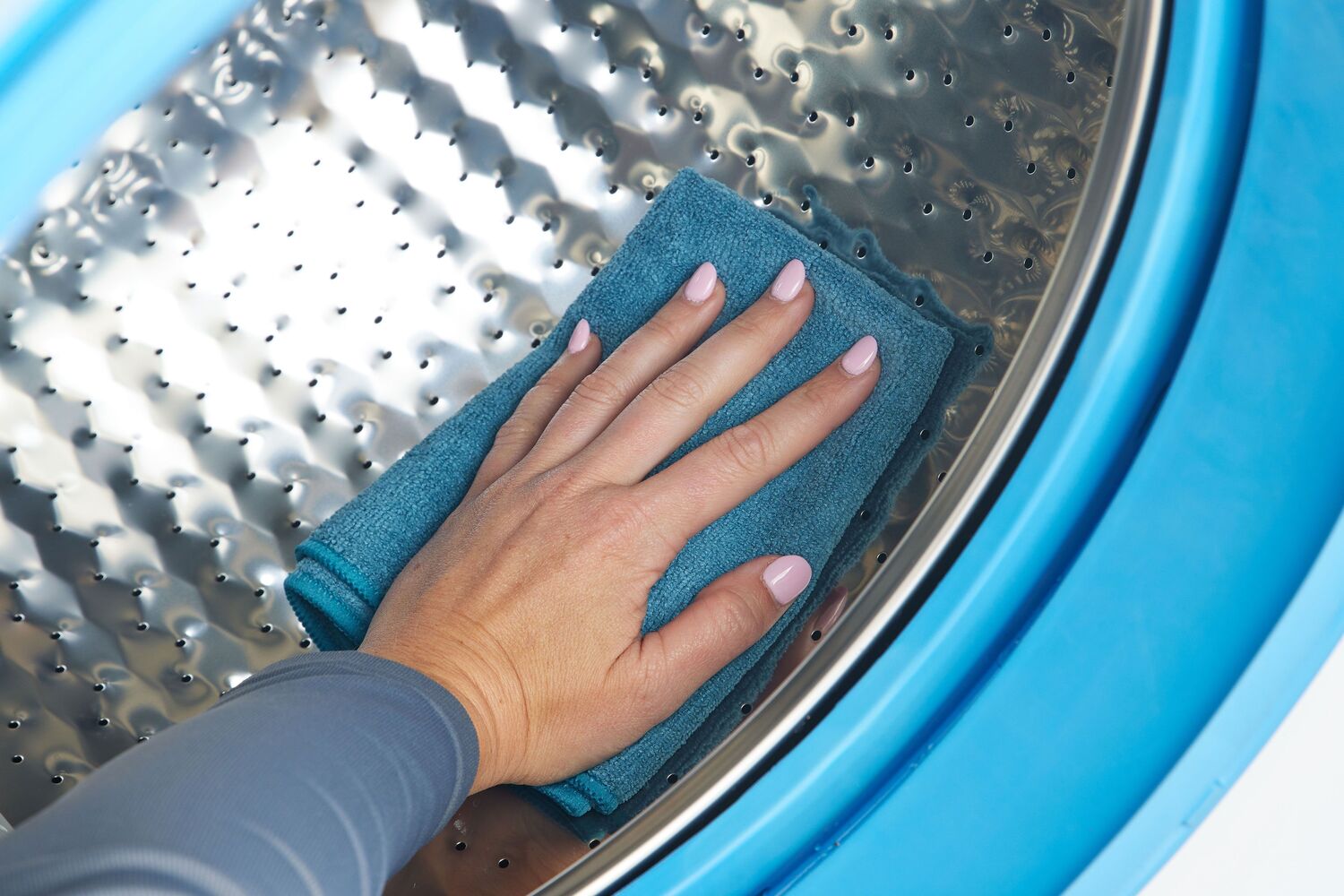
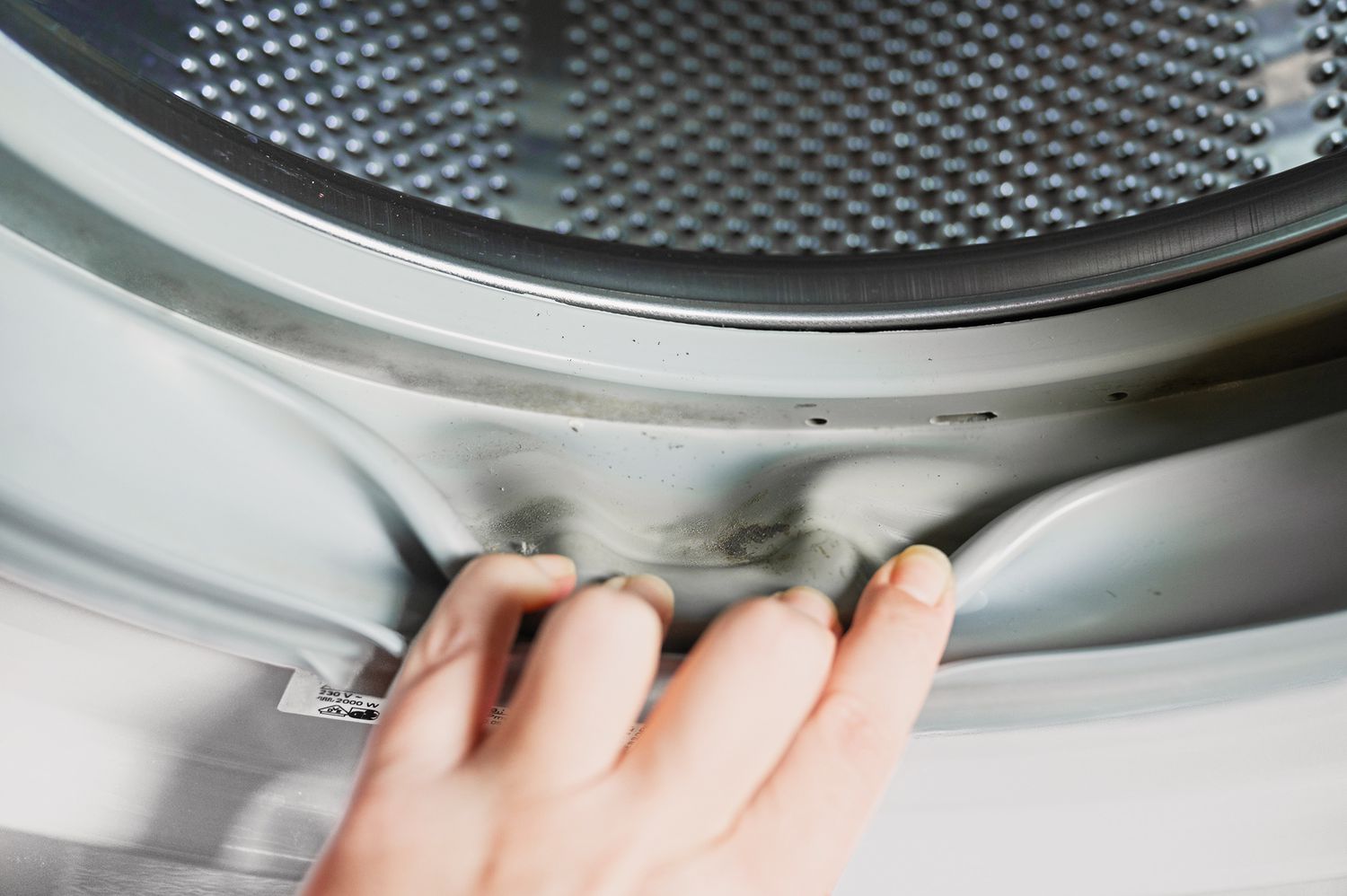
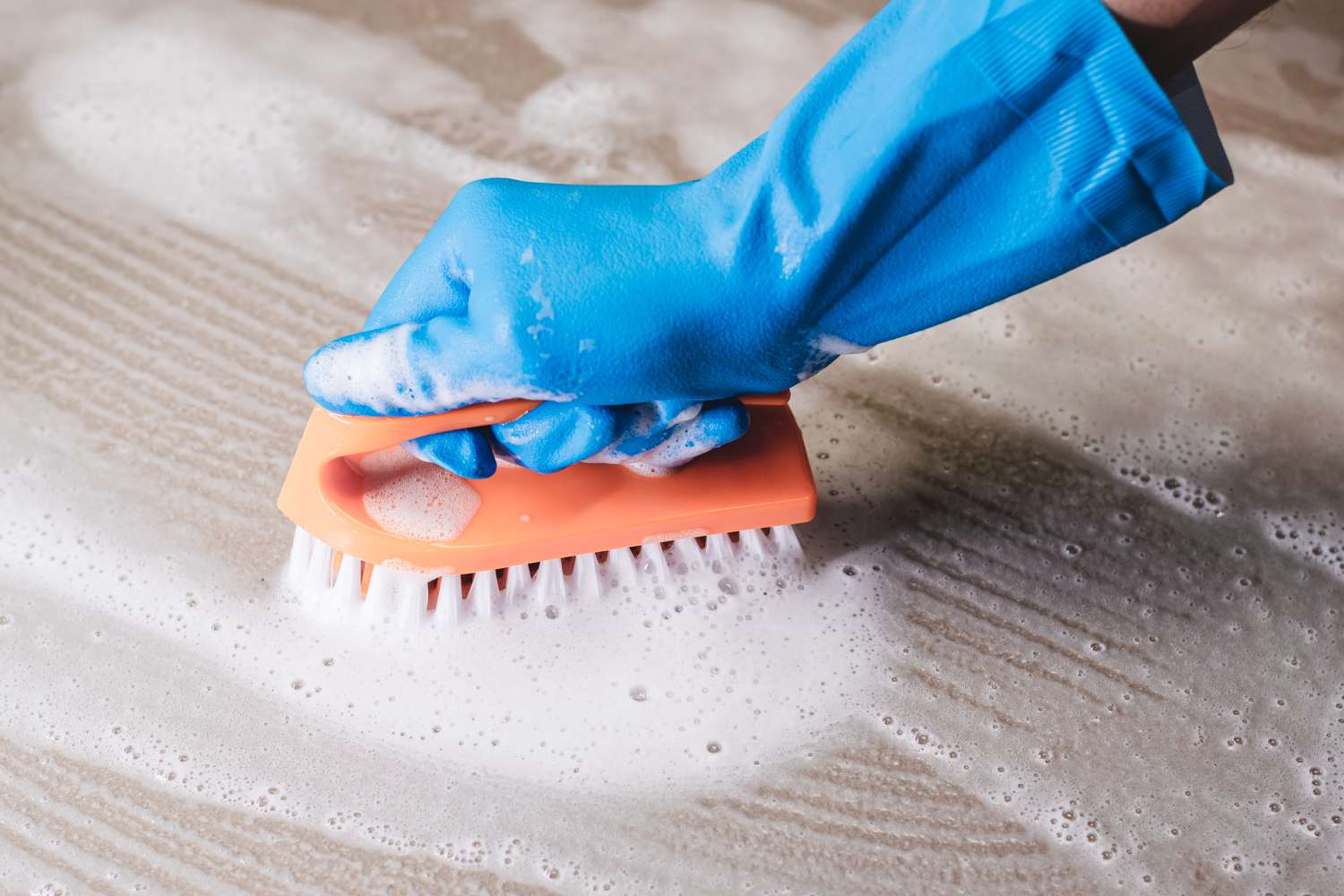
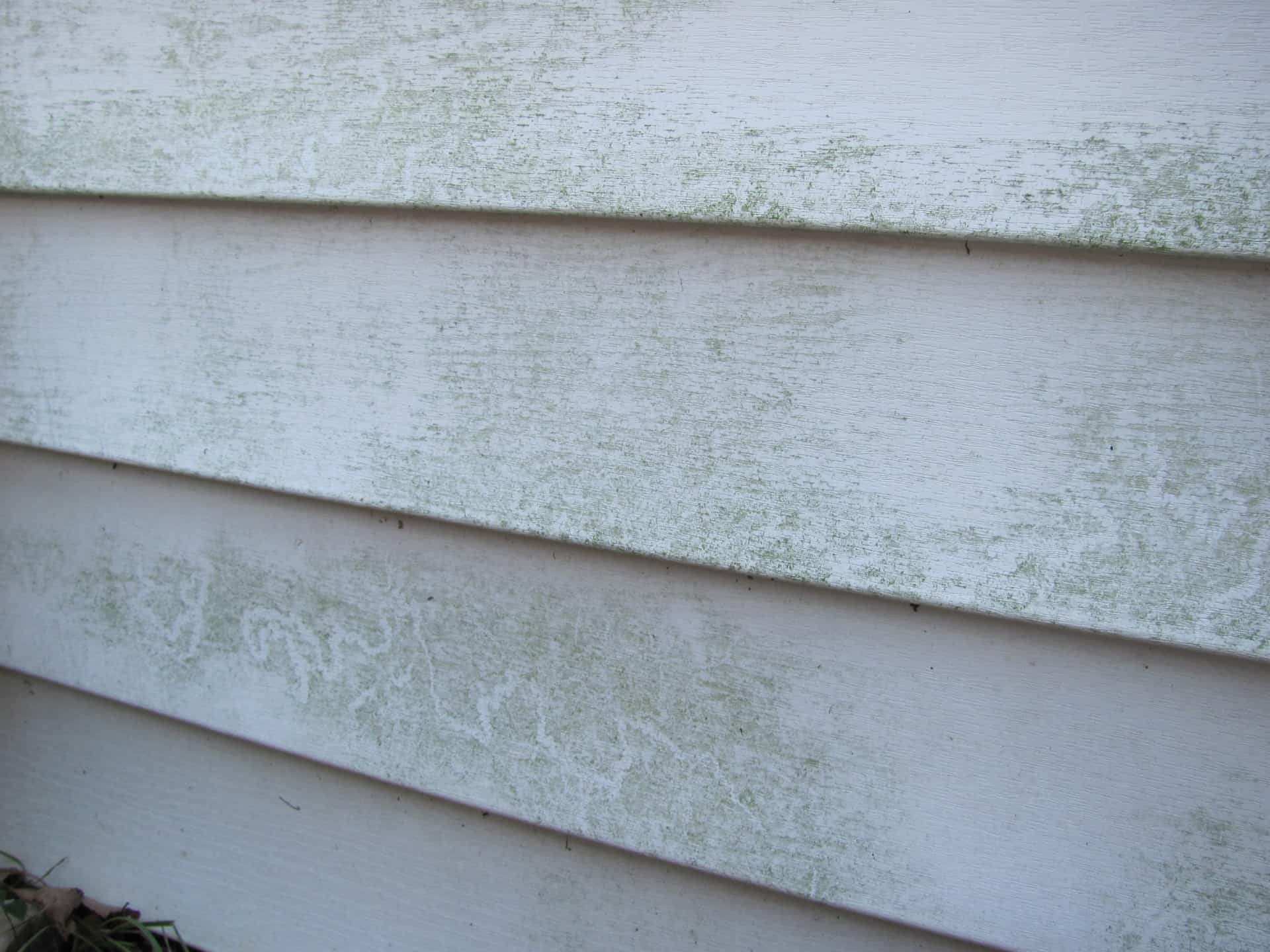
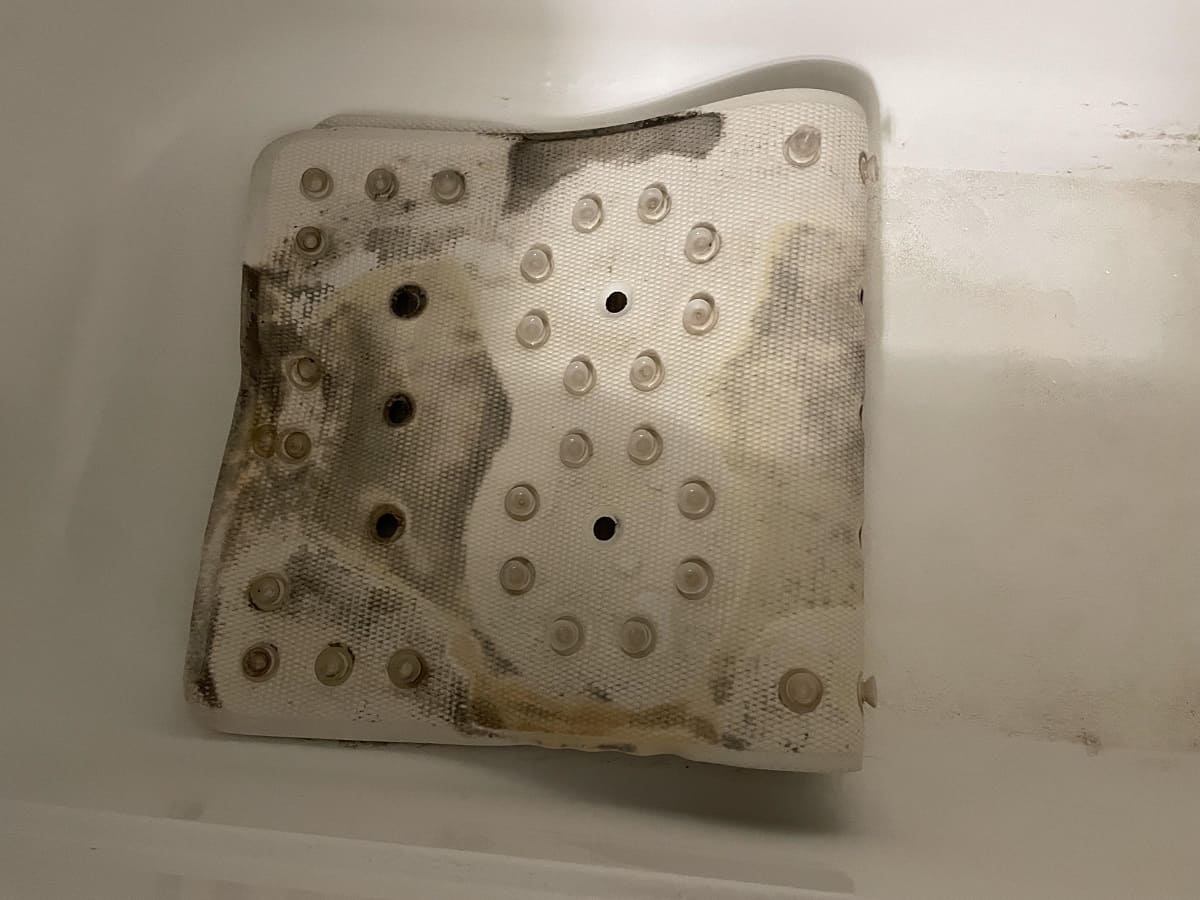
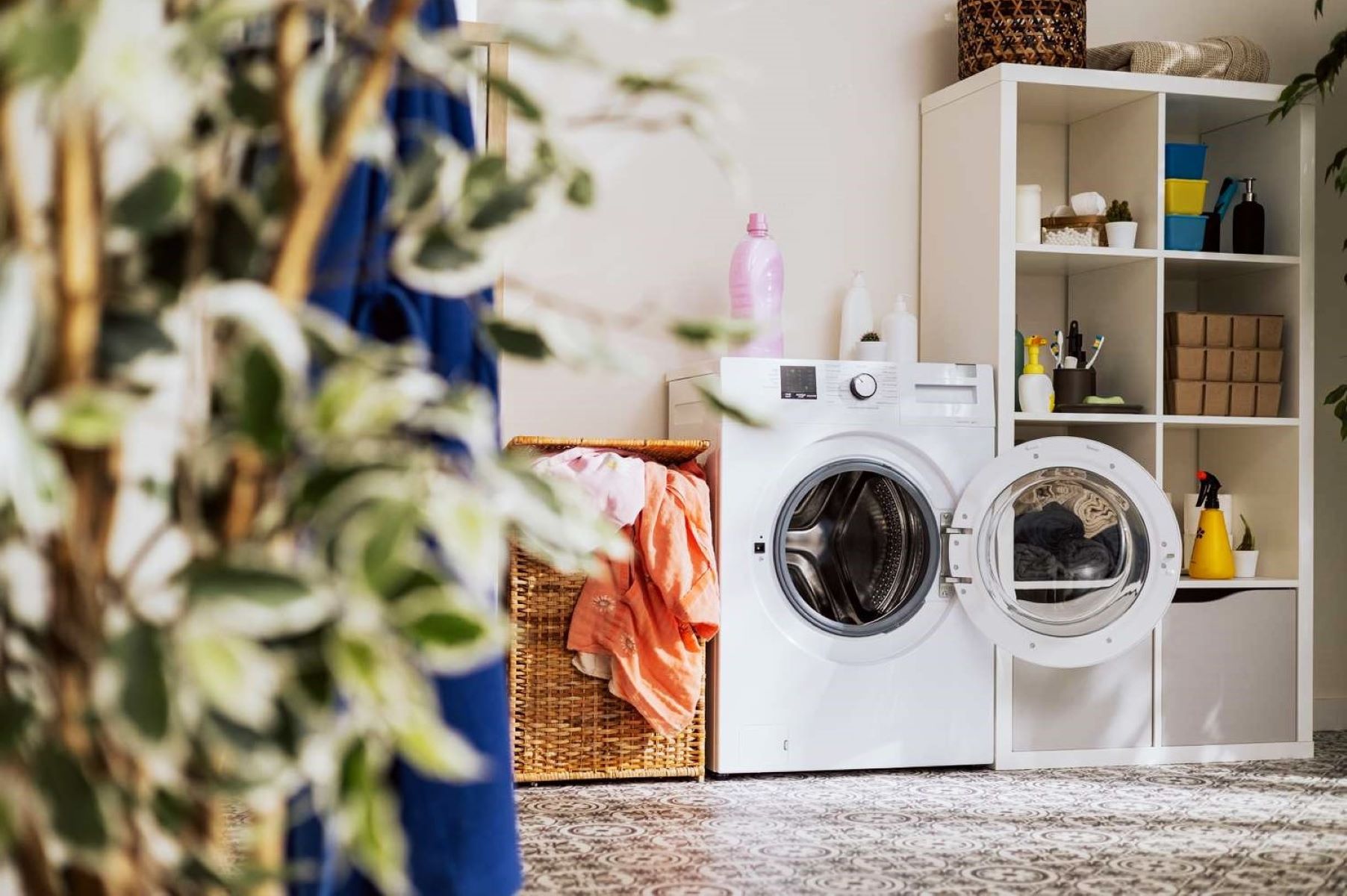
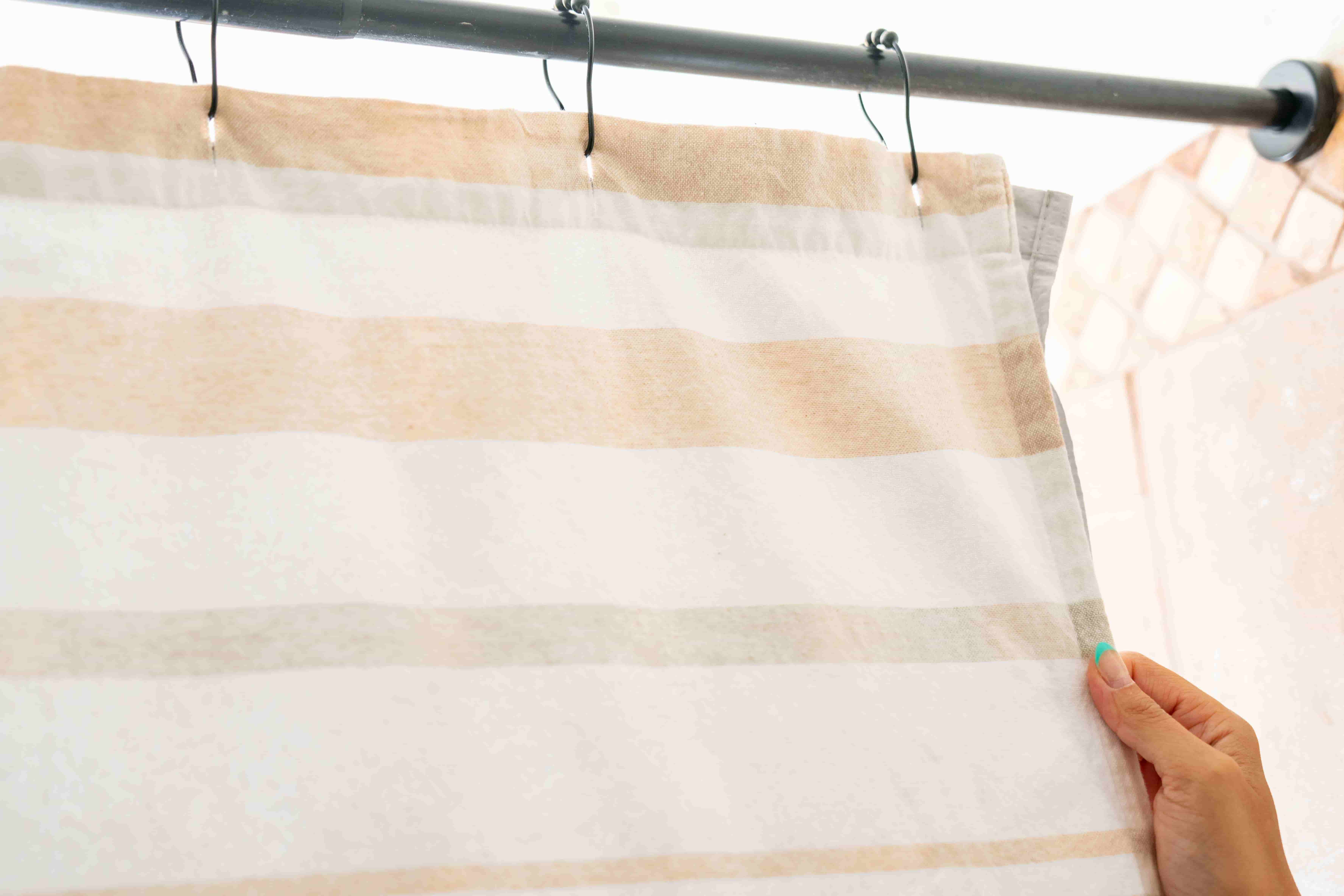
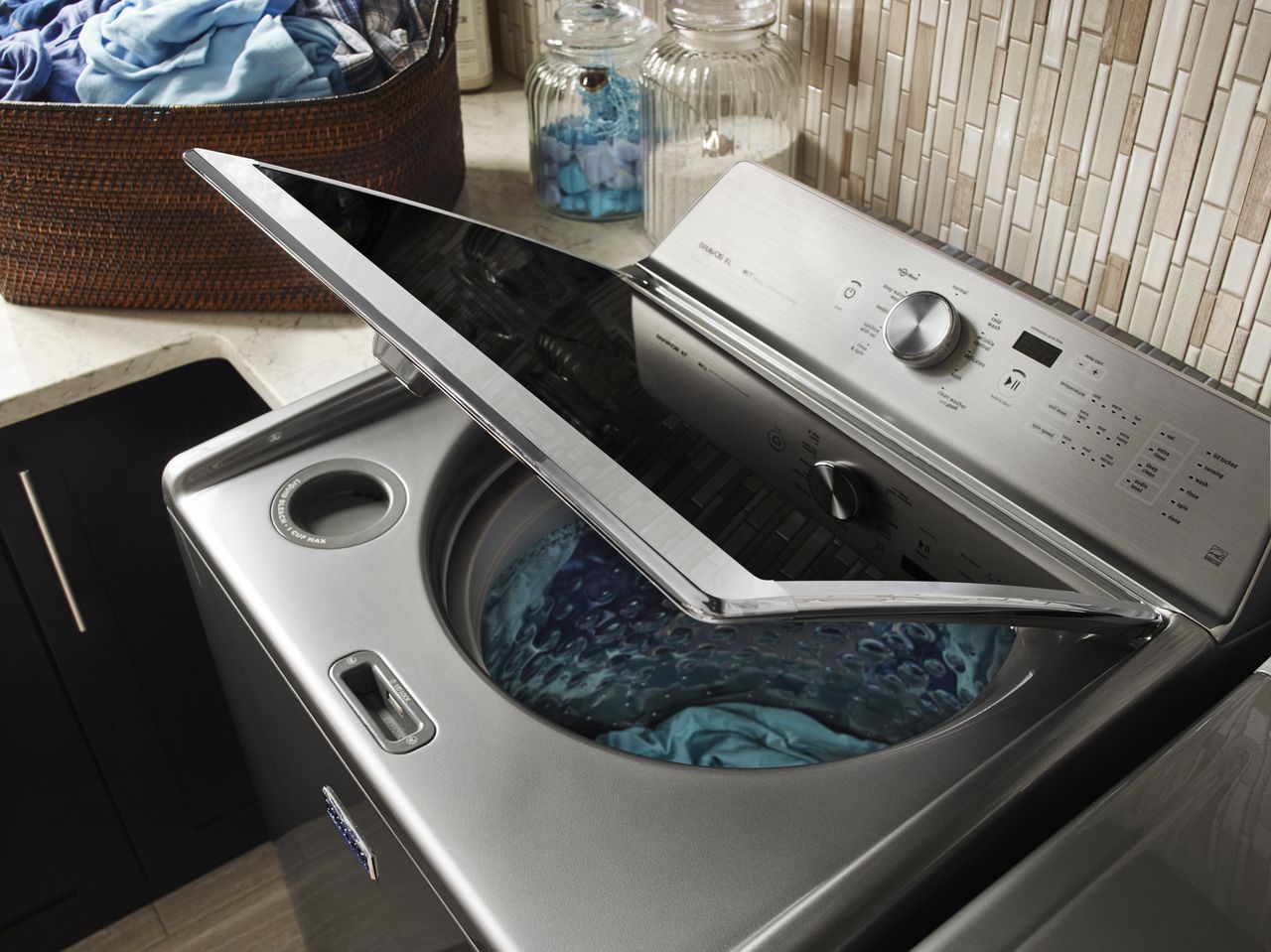
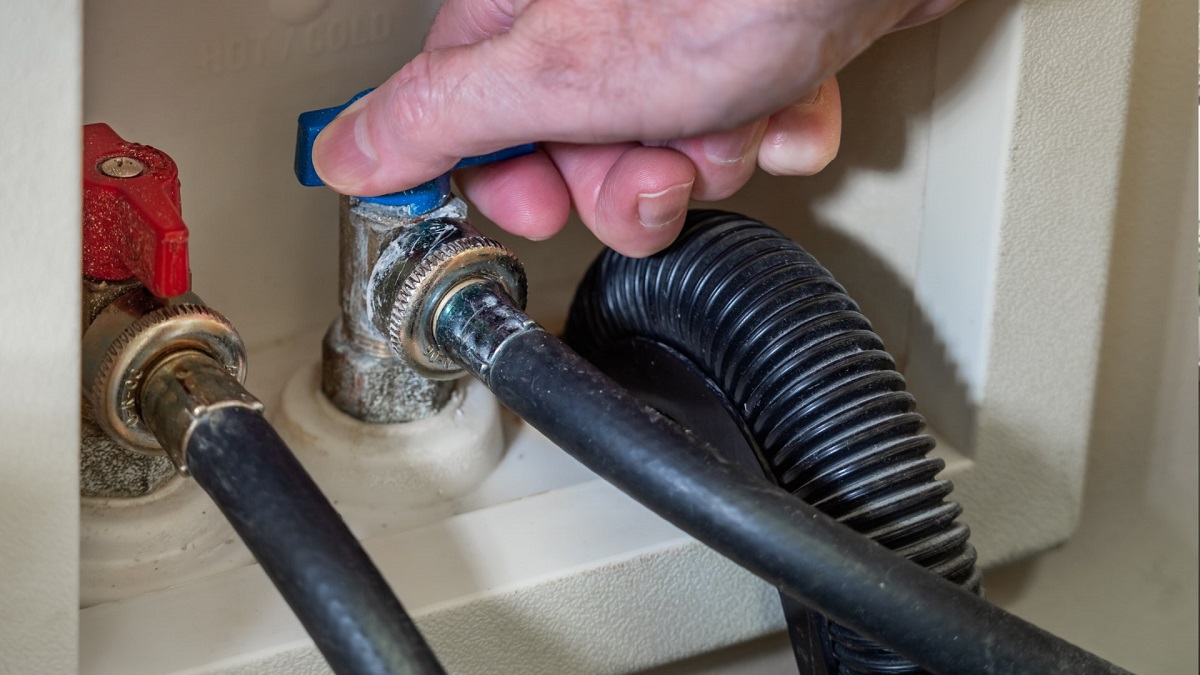
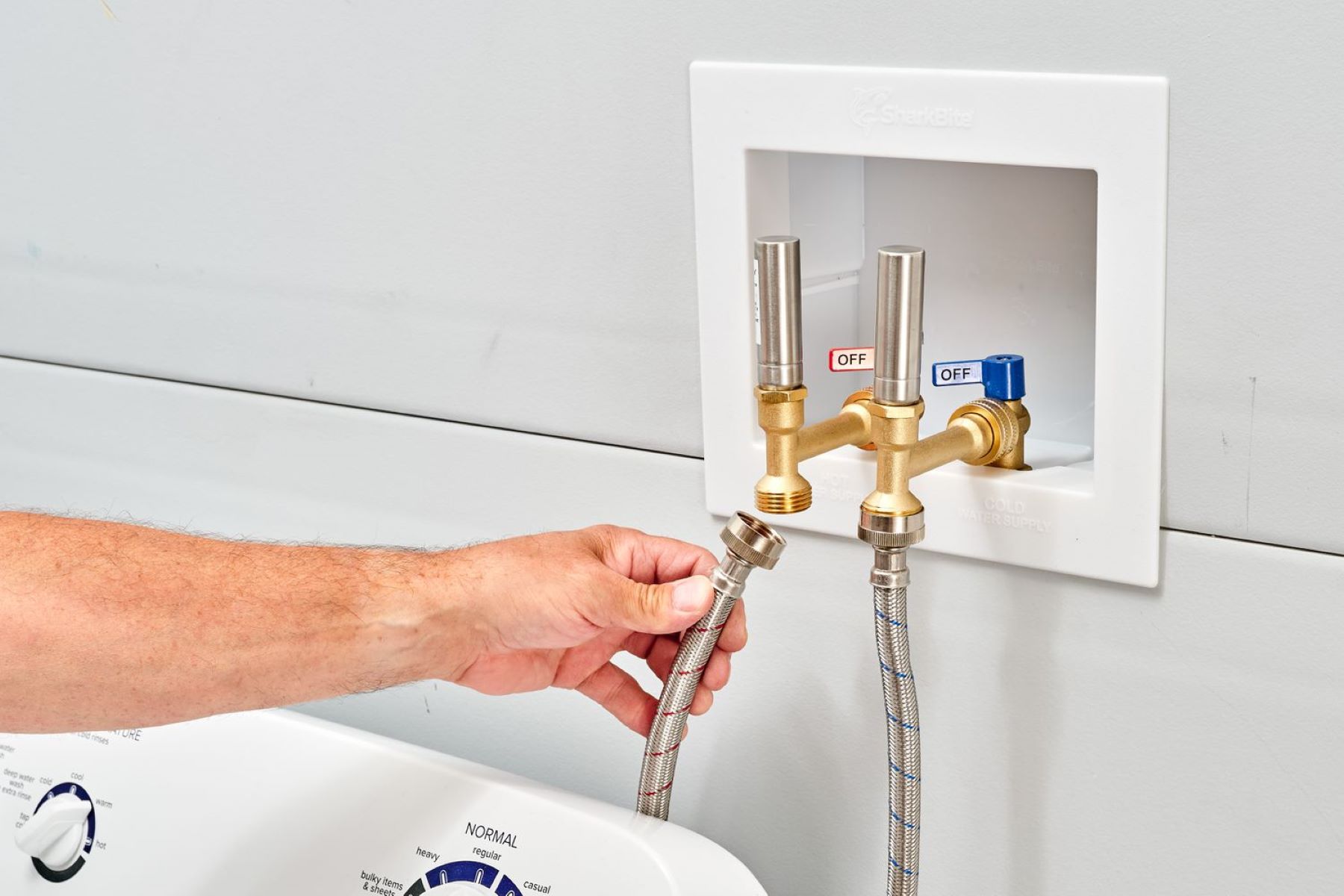
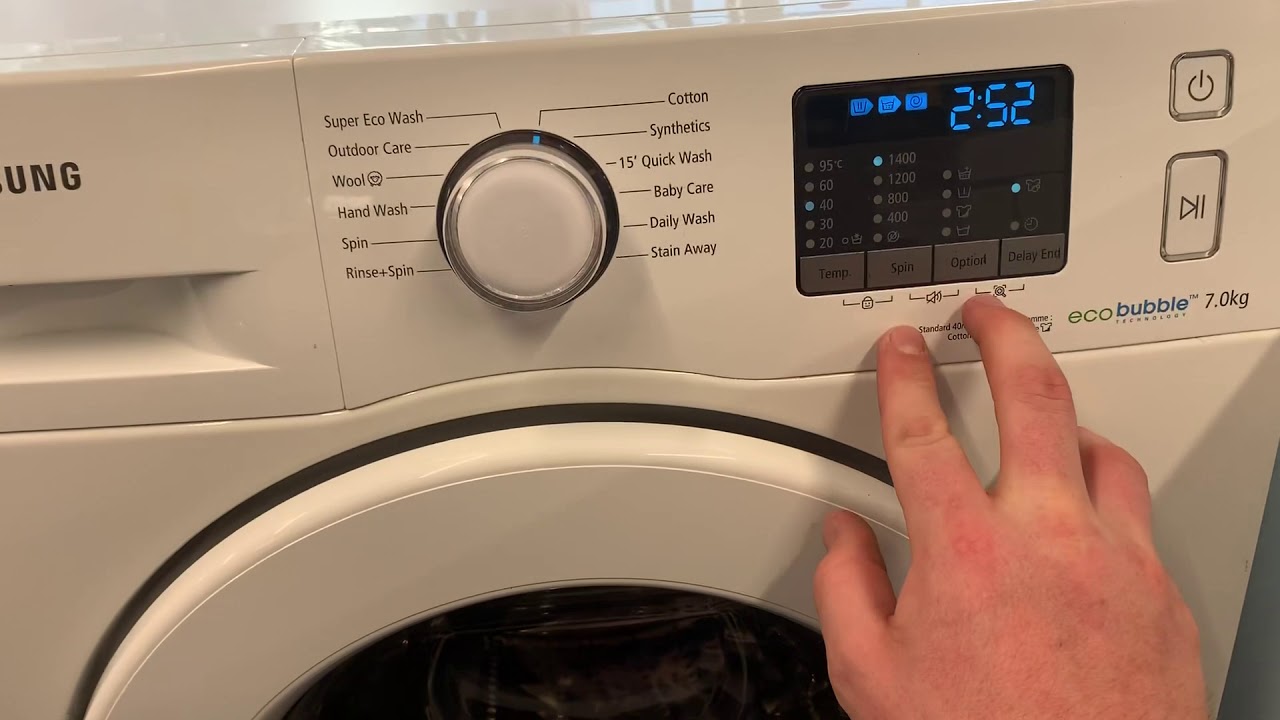
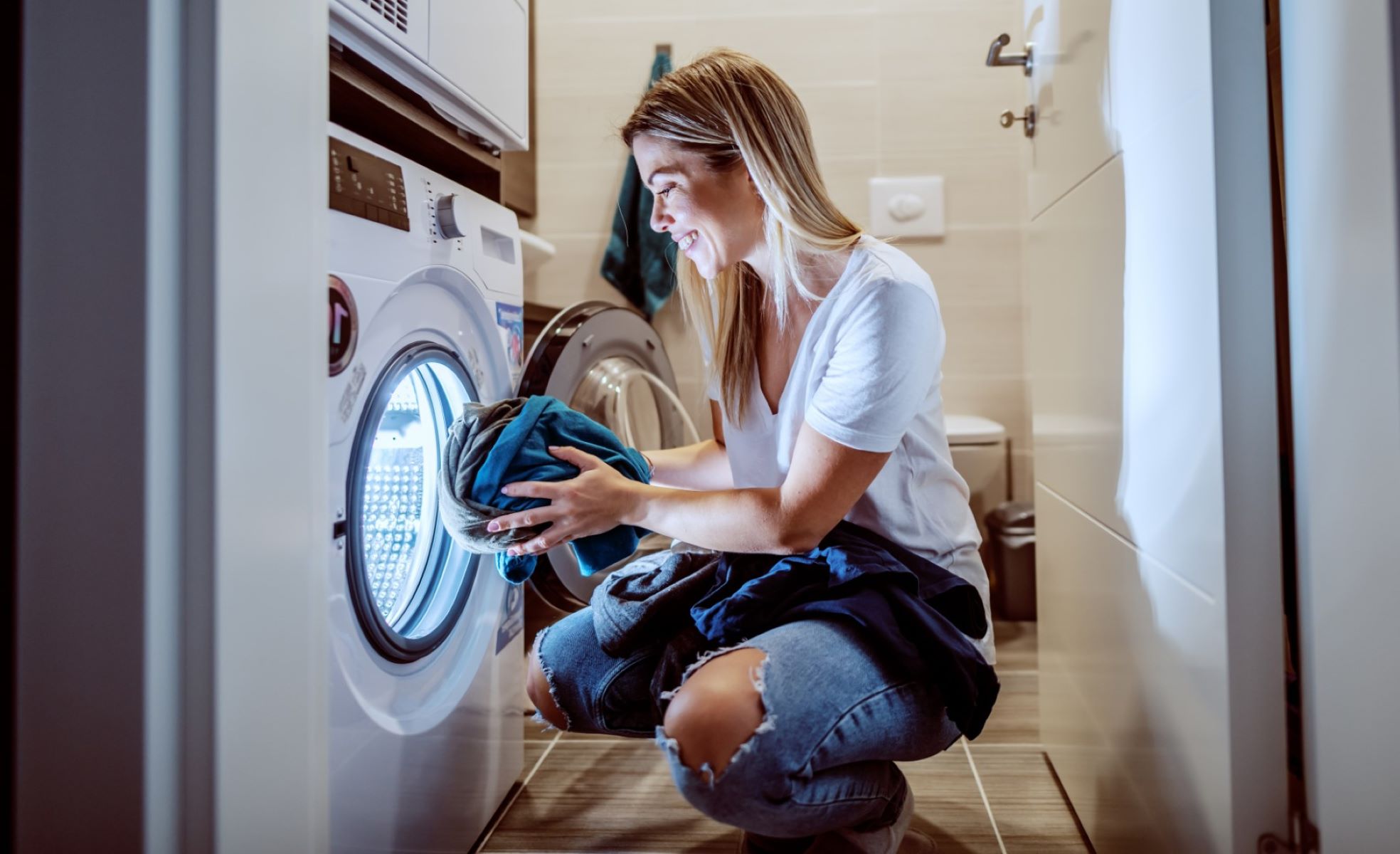
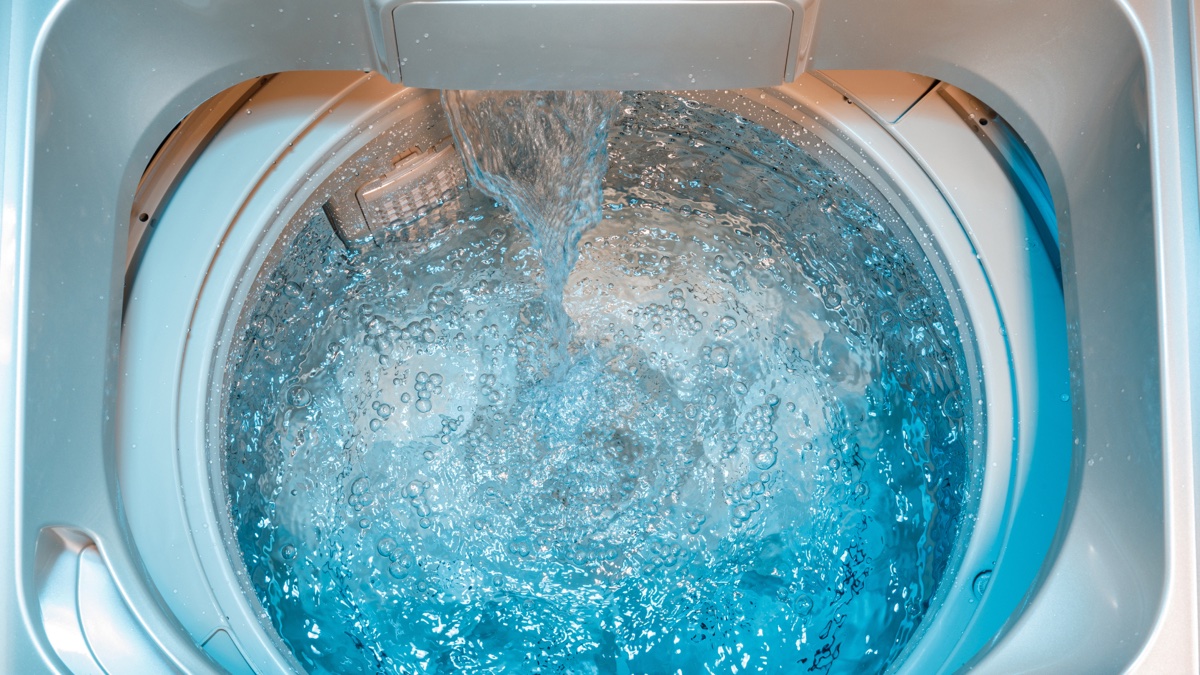

0 thoughts on “How To Get Mold Off Rubber In A Washing Machine”